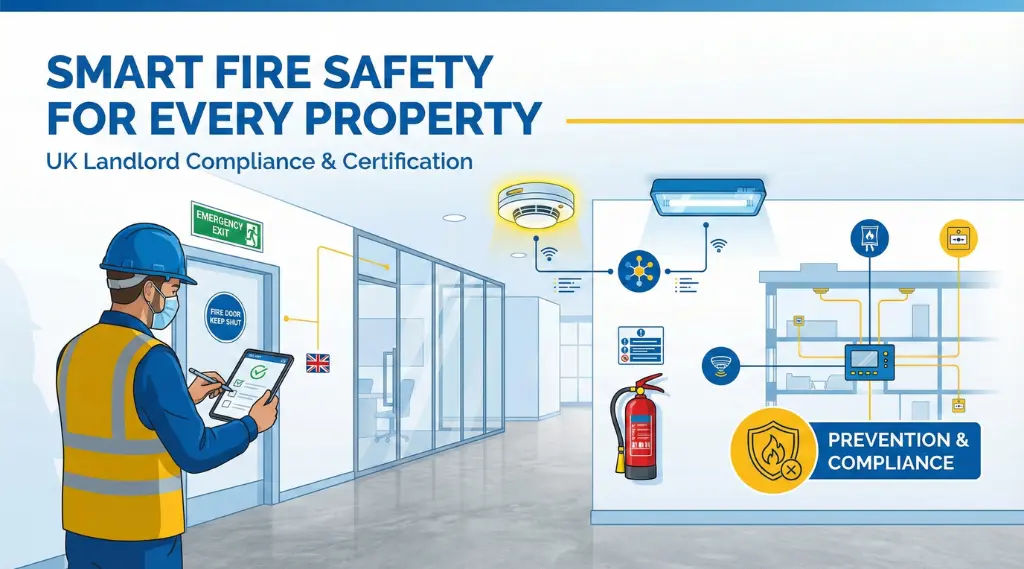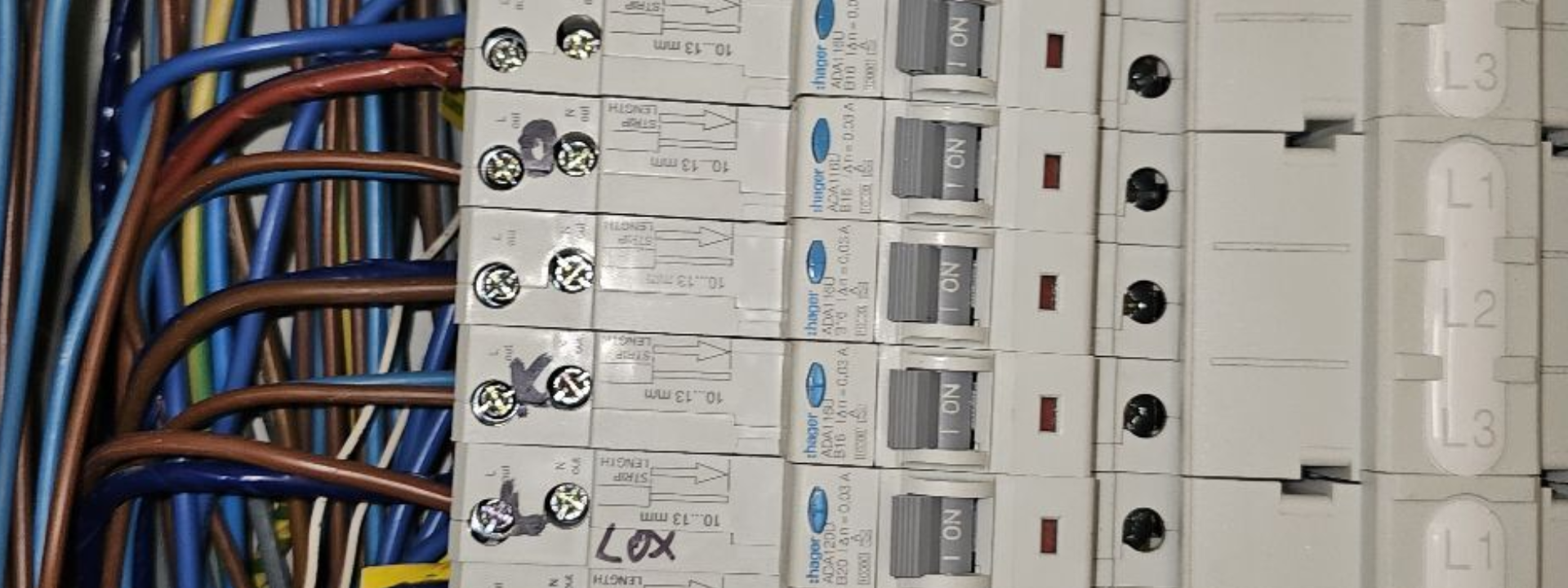Unlocking Fire risk assessment Inspections: A Comprehensive Guide to What's Checked

A fire risk assessment checklist typically includes various elements that need to be examined and evaluated to identify potential fire hazards and assess the level of risk. While the specific details of a checklist may vary depending on the jurisdiction and industry, here are some common items that are typically checked in a fire risk assessment:
Fire detection and warning systems:
![]() Presence and condition of smoke detectors, heat detectors, and fire alarms
Presence and condition of smoke detectors, heat detectors, and fire alarms![]() Adequacy and positioning of fire extinguishers
Adequacy and positioning of fire extinguishers![]() Existence and functionality of emergency lighting systems
Existence and functionality of emergency lighting systems![]() Testing and maintenance records of fire detection and warning systems
Testing and maintenance records of fire detection and warning systems
Emergency escape routes and exits:
![]() Availability and condition of escape routes
Availability and condition of escape routes![]() Proper signage and clear markings for escape routes
Proper signage and clear markings for escape routes![]() Adequate number and suitability of emergency exits
Adequate number and suitability of emergency exits![]() Accessibility and ease of opening for emergency exits
Accessibility and ease of opening for emergency exits
Fire containment and suppression measures:
![]() Existence and functionality of fire doors and fire-resistant barriers
Existence and functionality of fire doors and fire-resistant barriers![]() Condition and accessibility of fire extinguishers, fire blankets, or other fire suppression equipment
Condition and accessibility of fire extinguishers, fire blankets, or other fire suppression equipment![]() Adequate separation and storage of flammable materials
Adequate separation and storage of flammable materials![]() Proper maintenance of fire suppression systems (e.g., sprinklers, fire hoses)
Proper maintenance of fire suppression systems (e.g., sprinklers, fire hoses)
Electrical systems and equipment:
![]() Condition of electrical wiring and connections
Condition of electrical wiring and connections![]() Overloading or misuse of electrical outlets
Overloading or misuse of electrical outlets![]() Proper storage and handling of electrical equipment
Proper storage and handling of electrical equipment![]() Inspection and testing records for electrical installations
Inspection and testing records for electrical installations
Heating, ventilation, and air conditioning (HVAC) systems:
![]() Maintenance and cleaning of HVAC systems
Maintenance and cleaning of HVAC systems![]() Proper installation and functioning of smoke extraction systems
Proper installation and functioning of smoke extraction systems![]() Clear ventilation and access points
Clear ventilation and access points![]() Compliance with relevant regulations and standards
Compliance with relevant regulations and standards
Housekeeping and storage practices:
![]() Clutter-free work areas and walkways
Clutter-free work areas and walkways![]() Proper storage and segregation of flammable substances
Proper storage and segregation of flammable substances![]() Removal of waste materials and combustible debris
Removal of waste materials and combustible debris![]() Control of ignition sources (e.g., smoking, open flames)
Control of ignition sources (e.g., smoking, open flames)
Staff training and emergency procedures:
![]() Training programs for fire safety and emergency response
Training programs for fire safety and emergency response![]() Adequate knowledge of evacuation procedures
Adequate knowledge of evacuation procedures![]() Assigning responsibilities and roles during emergencies
Assigning responsibilities and roles during emergencies![]() Regular drills and exercises to test emergency preparedness
Regular drills and exercises to test emergency preparedness
Record-keeping and documentation:
![]() Documentation of fire risk assessments, inspections, and maintenance activities
Documentation of fire risk assessments, inspections, and maintenance activities![]() Incident reports and investigations related to fire safety
Incident reports and investigations related to fire safety![]() Evidence of corrective actions taken to address identified risks
Evidence of corrective actions taken to address identified risks![]() Compliance with legal and regulatory requirements
Compliance with legal and regulatory requirements
It’s important to note that this checklist provides a general overview, and specific industries or regions may have additional requirements or specialized considerations to address their unique fire risks. Consulting with local fire safety regulations, industry-specific guidelines, and fire safety experts can help ensure a comprehensive fire risk assessment for your specific context.
All Landlord Certificates Services
- Electrical Installation Condition Report / Electrical Safety Certificate /Electrical Certificate (EICR)
- Gas Safety Certificate / Gas certificate (Cp12)
- PAT Testing
- Emergency Lighting Certificate
- Fire Alarm Certificate / Smoke Alarm Certificate / Smoke detection certificate / Fire certificate
- Fire Risk Assessment Report / Fire Risk Certificate
- Energy Performance Certificate (EPC)
Visit home page to check all the services.











